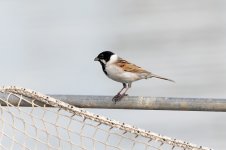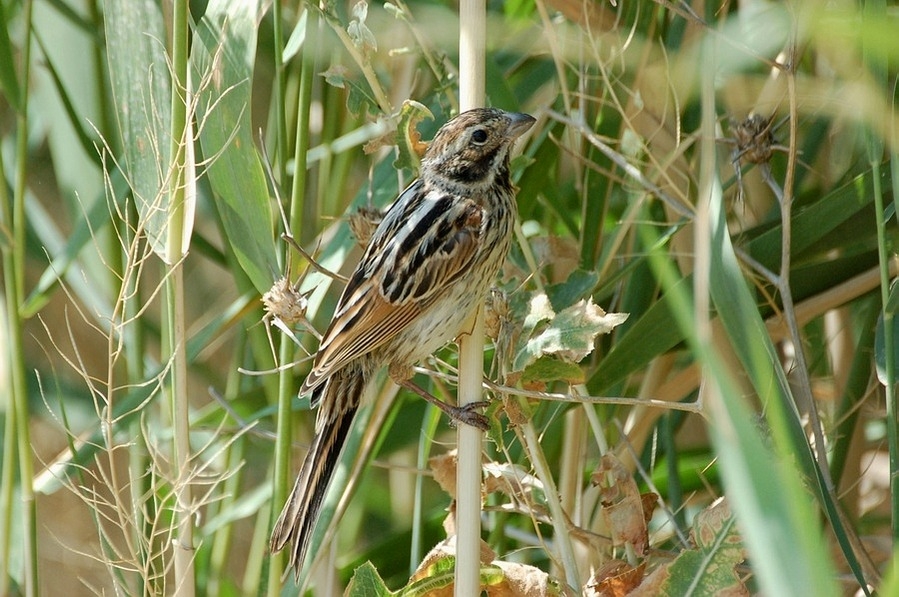Hi all,
I must admit I don't have any more knowledge on this than some who have already commented. I think this bird would be a good match with 'my' local Ankara breeding birds, which on distribution should be
reiseri, and I'd assume this would be the more likely ssp to occur in winter in Antalya (over
caspia):
TRAKUS Tür için.

www.trakus.org
TRAKUS YaÄlıkpınar

www.trakus.org
TRAKUS Ankara...

www.trakus.org
TRAKUS Bugün Mogan. Bu yılın ergenlerinden, bıyıkları bile terlemiŠ:)

www.trakus.org
However
reiseri and
caspia are extremely similar and even BOW and HWPB aren't of much help between these two, as the former only says that
caspia is paler and the latter only hints that
reiseri has a more bulbous bill than
caspia... which, by looking at birds photographed during the summer at Inner and East Anatolia on Macaulay Library, is a notion I don't think I can agree with!
Sorry I couldn't be of more help.










